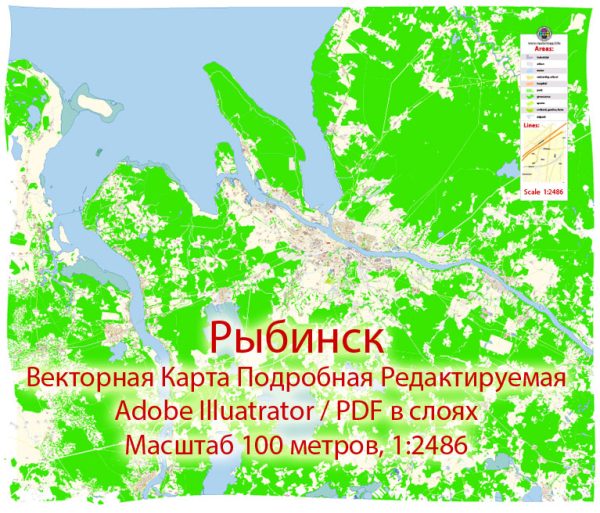Rybinsk, located in the Yaroslavl Oblast of Russia, has a rich history that spans several centuries. Here is a brief overview of the history of urban development in Rybinsk:
- Foundation and Early History: Rybinsk was founded in 1777 as a port on the Volga River. Its location made it a significant trade and transportation hub. The town quickly developed as a center for shipbuilding, trade, and crafts.
- Imperial Russia: During the 19th century, Rybinsk continued to grow in importance. It became a major player in the Russian textile industry, and its population increased significantly. The town’s strategic location on the Volga River contributed to its economic prosperity.
- Soviet Era: The Soviet period brought industrialization to Rybinsk. The town became known for its engineering and metalworking industries. Many factories and enterprises were established, contributing to the growth of both the population and the urban infrastructure.
- World War II: Like many other Soviet cities, Rybinsk played a crucial role during World War II. The town became a hub for manufacturing military equipment, and its population actively contributed to the war effort.
- Post-Soviet Era: After the dissolution of the Soviet Union in 1991, Rybinsk, like many other Russian cities, went through a period of economic challenges and restructuring. Some industries declined, and the city had to adapt to a new economic landscape.
- Modern Times: In recent years, efforts have been made to revitalize Rybinsk’s economy and infrastructure. The city has focused on diversifying its economy and promoting tourism, given its historical significance and attractive location on the Volga River.
- Architectural Heritage: Rybinsk boasts a number of historical buildings and landmarks. The architecture reflects different periods of Russian history, including classicist buildings from the 18th century, industrial structures from the Soviet era, and more modern developments.
- Cultural and Educational Institutions: The city is home to various cultural and educational institutions, including museums, theaters, and schools. These institutions contribute to the cultural and intellectual life of Rybinsk.
- Transportation: Rybinsk’s role as a transportation hub has persisted over the years. The city is connected by road and water routes, and its port on the Volga River remains a vital part of its infrastructure.
Overall, Rybinsk’s history of urban development reflects the broader historical and economic trends of Russia, from its imperial past to the challenges and changes of the Soviet and post-Soviet eras. The city continues to evolve, blending its historical heritage with contemporary developments.


 Author: Kirill Shrayber, Ph.D.
Author: Kirill Shrayber, Ph.D.